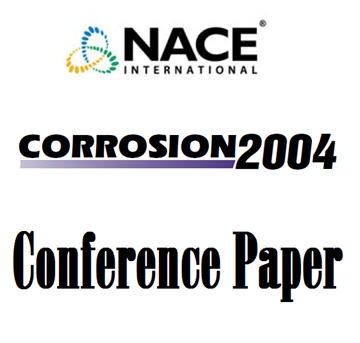Search
51314-3867-Synergistic Properties of Phosphonate and Polymeric Scale Inhibitor Blends for Barium Sulphate Scale Inhibition
Also Purchased
04397 Calcium Sulfate Scale: Field Tests and Model Predictions
Product Number:
51300-04397-SG
ISBN:
04397 2004 CP
Publication Date:
2004
$20.00
51314-3859-Minimizing the Grounding Resistance of Compact Cathodic Protection Anodic Beds with Finite Element Method
Product Number:
51314-3859-SG
ISBN:
3859 2014 CP
Publication Date:
2014
$20.00
51314-3861-The Laboratory Evaluation of Seawater Injection on H2S Production Incorporating Several Different Treatment Strategies Utilising Fixed Film Upflow Bioreactors
Product Number:
51314-3861-SG
ISBN:
3861 2014 CP
Publication Date:
2014
$0.00




